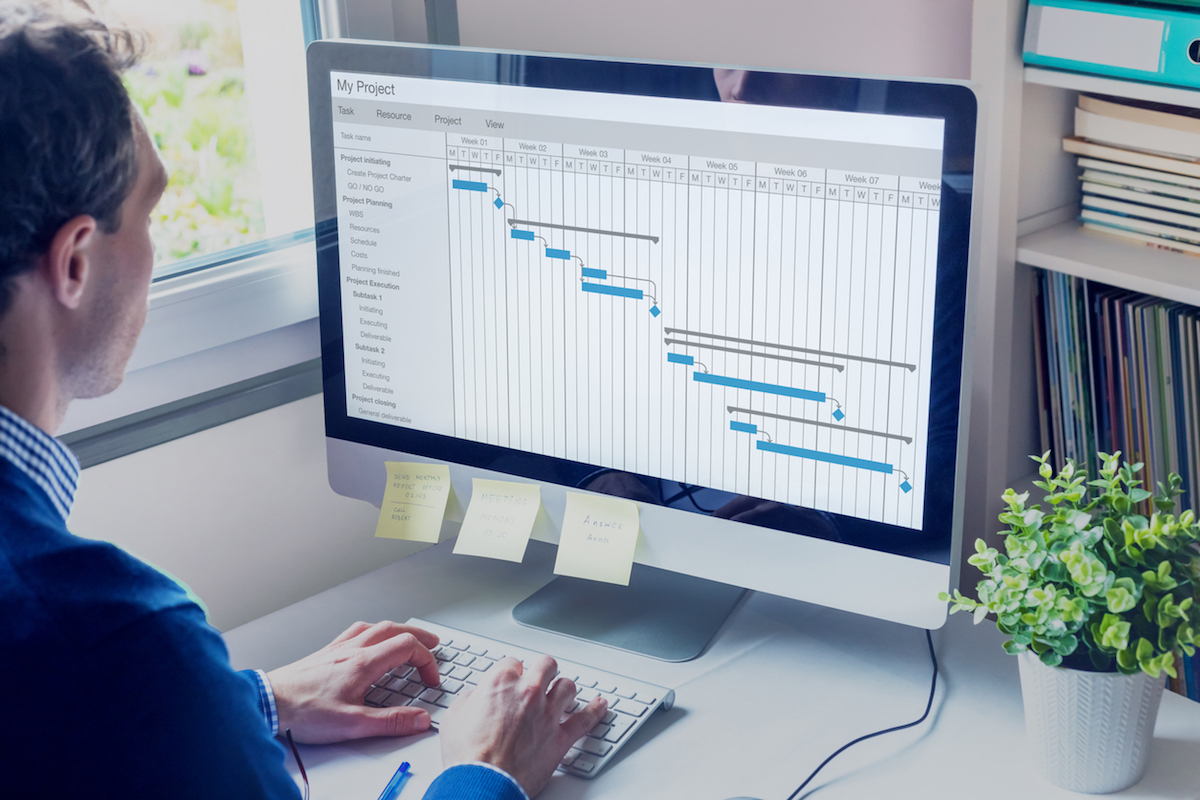

#What are the basic project management tools software#
Tempus Resource is leading the way in terms of resource portfolio management resource management software that uses ‘What-If’ simulations to model your project data and help you make risk-free, data-driven decisions over your projects. Resource Portfolio Management and Tempus Resource Standard (and even more advanced) PPM software doesn’t offer this capability, and is one of the biggest limitations of project management software. With this foresight, project managers are better able to decide the most efficient way they can get their projects completed, and better prepared for any changes that happen to projects along the way. Visualizing these changes let you see the effect it would have on your projects (like timeframes or finances) in real time. So how does RPM offer more than PPM? The main difference is modelling: sophisticated resource management tools let you visualize the results of changing resources-whether it’s the amount of work given to an individual, the projects they work on or their skills. Managing the efficiency of your workers is a part of project management, of course. your people), leaving you better placed to evaluate their availability and capacity to ultimately complete projects more efficiently.

It is a practice that aims to grant you more control over your resources (i.e.

RPM refers to the effective assigning of a company’s human resources. To get better levels of visibility, project managers should shift their focus to resource portfolio management ( RPM). Visibility and other limitations of project management software Project managers that lack visibility on a wider scale are less able to plan their projects and react to changes that inevitably happen during the project lifecycle. This introduces one main drawback among several limitations of project management software: visibility. Yet even popular PPM platforms like Microsoft Project remain too focused in the tasks, displaying projects in a task view. The obvious solution is investing in project portfolio management (PPM) software. But for project managers dealing with multiple projects and timeframes, and who must delegate work among resources in the most efficient manner, task management software will not be enough. If you are dealing with small projects (with fewer than 20 independent tasks, for example) then task management software may provide all the capability you require-consider the popular Trello and Asana platforms, for instance. This is good in terms of your budget, and the amount of time and money it takes to deploy a solution, but is going to have obvious limitations in terms of functionality. Project portfolio management involves the management of tasks, but also time, resources, finances, materials, and other factors that go into successfully delivering multiple projects on time and to budget.īecause task management works in this segmented manner, most task management software operates on a relatively small scale. Project portfolio management, conversely, deals with projects on a much broader scale. By identifying all the tasks that must happen for a project to be completed, you can delegate, prioritize, and schedule them for completion. Projects are broken into multiple tasks, each of which can generally be completed quickly before the next stage of the project begins. Understandably, task management acts on a much more granular level than project management. Unfortunately, the limitations of project management software mean your control over task management is often very basic and inflexible. And the speed and efficiency in which workers can complete those tasks will decide how quickly a project can be completed (or if project deadlines will have to be adjusted). So, a project will consist of multiple tasks. Tasks are completed as part of a greater project, which runs over a pre-determined length of time with a clear start and end date. Let’s start with the obvious question: what’s the difference between a project and a task?Ī task is a single unit of work that applies to a specific part of a given project, be it identifying costs, determining duration of work, tracking progress, or completing work. Let’s explore these issues and look at how you can overcome one of the major limitations of project management software in the process.

One of the key limitations of project management software is that it restricts your flexibility when it comes to task management and allocation.


 0 kommentar(er)
0 kommentar(er)
